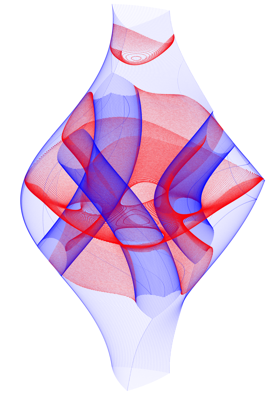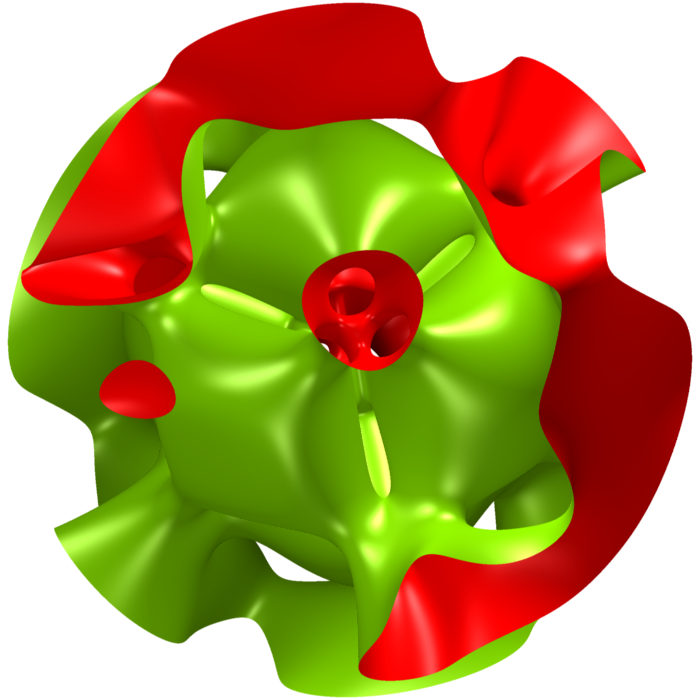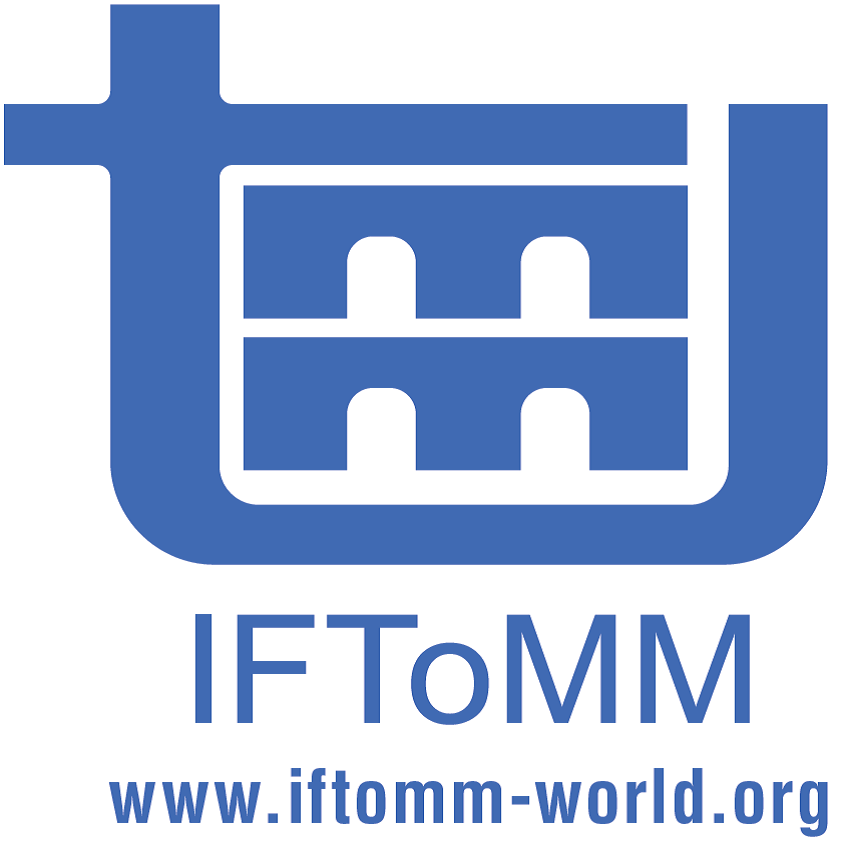The one week course is organized in the form of several interactive lectures addressing the five topics where each lecturer will focus on one topic. However, common themes are identified and explored in each lecture from different viewpoints. This reinforces learning about the phenomena as well as understanding their importance, while providing the participants with varied conceptual and methodological tools applicable to the problems at hand.
The lectures will be given by the following renowned experts in the field (listed alphabetically):
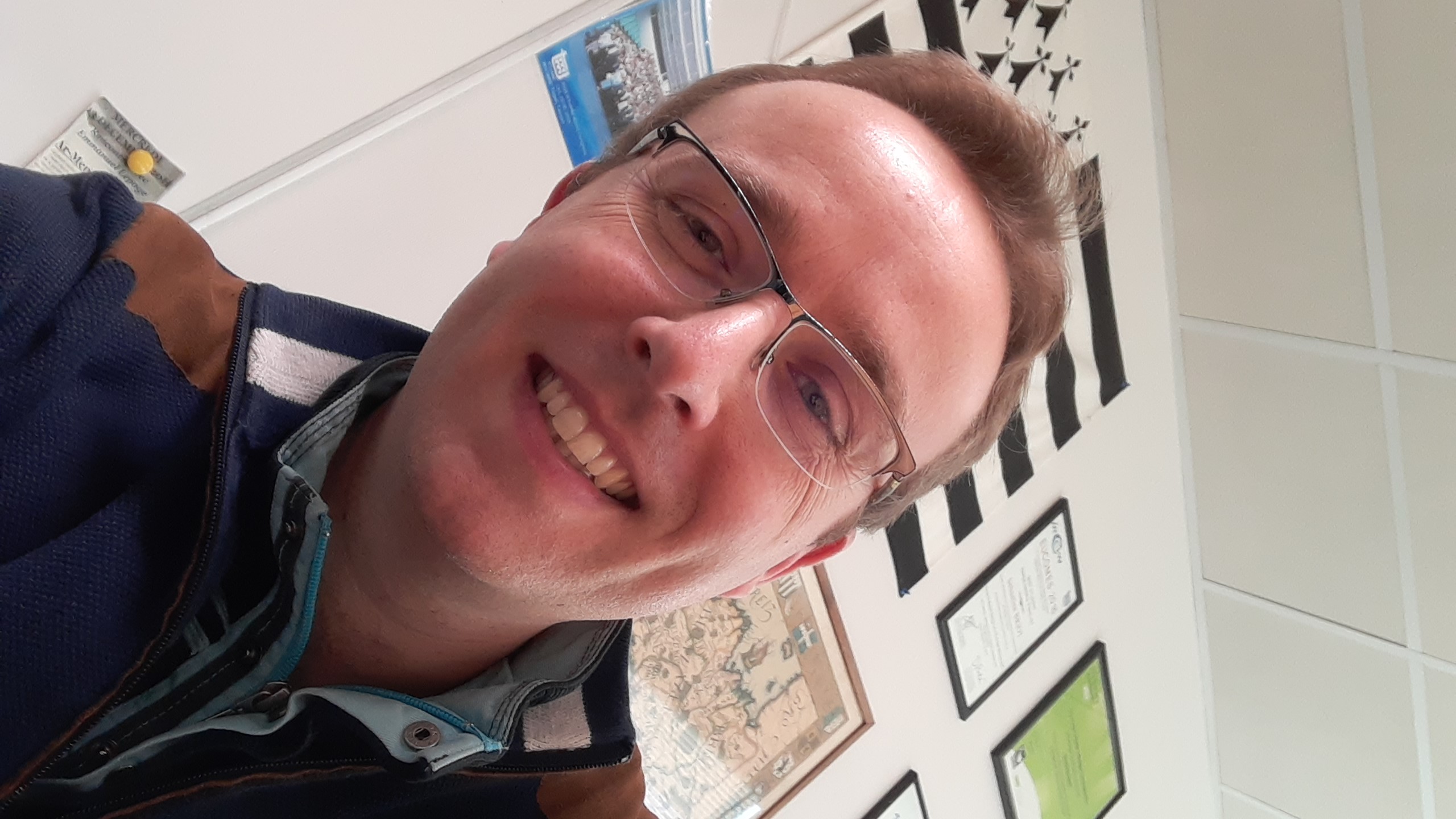 |
Sébastien Briot (LS2N, CNRS and École Centrale de Nantes, France) received the B.S. and M.S. degrees in mechanical engineering in 2004 and the Ph.D. degree in robotics (under the supervision of Prof. V. Arakelian) in 2007, from the Institut National des Sciences Appliquées de Rennes, Rennes, France. He was a Postdoctoral Fellow with the Ecole de Technologie Supérieure, Montreal, QC, Canada, in 2008. In 2009, he has been recruited at CNRS as a researcher in the Laboratoire des Sciences du Numérique de Nantes, Nantes, France, where he has been the Head of the ARMEN Research Team since 2017. Since 2022, he is CNRS Director of Research in the same lab. He has authored more than 50 referred journal papers, two books, and three inventions. His research interests include the design optimization of robots and the analysis of their performance, especially their singularities. Dr. Briot received the Best Ph.D. Thesis Award in Robotics from the French CNRS GDR Robotique in 2007. In 2011, he received two other awards: the Award for the Best Young Researcher from the French Region Bretagne and the Award for the Best Young Researcher from the French Section of the American Society of Mechanical Engineering. He also received the Award of the Best Paper 2023 from the journal ASME Transactions on Mechanisms and Robotics. |
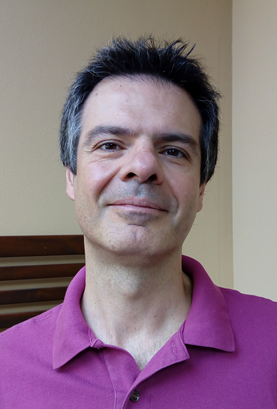 |
Marco Carricato (Università di Bologna) is a full professor of Mechanics of Machines at the University of Bologna, where he is the head of the IRMA L@B (Industrial Robotics, Mechatronics & Automation Lab @ Bologna) and the Rector Delegate for PhD Programs of the University. He is an associate editor of the journal Mechanism and Machine Theory, as well as a member of the scientific committees of several international conferences. He is the deputy Chair of the IFToMM Technical Committee for Computational Kinematics and a member of the IFToMM Technical Committee for Robotics and Mechatronics. His research interests include robotic systems, servo-actuated automatic machinery and the theory of mechanisms, with a particular emphasis on parallel manipulators and screw theory. In the field of singularities, he presented a comprehensive taxonomy of singularities of parallel kinematic chains based on screw theory. This work earned him the 2011 IEEE I-RAS Young Author Best Paper Award. He was also awarded the AIMETA Junior Prize 2011 by the Italian Association of Theoretical and Applied Mechanics for outstanding research results in the field of Mechanics of Machines. Lecture Title: Screw theory and its application to Singularity Analysis |
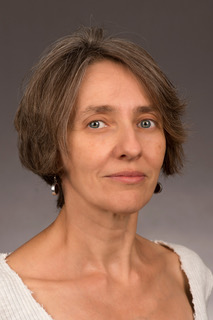 |
Alba Perez Gracia (Universitat Politecnica de Catalunya, Spain) is an associate professor at the Polytechnic University of Catalonia, where she is also the Director of the Centre for the Design of Industrial Equipment, CDEI, and the head of the Computational Robotics research line at the IRI Robotics Institute. Her research is focused on theoretical kinematics and robot design. Her main contributions in these areas are the use of Clifford algebras for robot kinematics and robot design, the development of methods for grasping and for robot hand design, and the application of robotics to human-robot motion interaction through the design of exoskeletons. She has also contributed to the fusion of robotics and virtual/augmented reality, and is currently working on mobile robotics for agricultural applications. She is the author of approximately 20 peer-reviewed journal articles and book chapters, and more than 70 contributions in international conferences and recipient of National Science Foundation collaborative research awards, involving several universities. In addition to these awards, she has participated in around 10 more funded research projects. Her professional service includes being in the Scientific Committee of five international conferences, and also being associate editor of the ASME Journal of Mechanical Design. As a professor and advisor, Dr Perez-Gracia has taught more than 12 different undergraduate and graduate courses in robotics and mechanical engineering, and has advised 6 PhD and more than 20 MS graduate students. Lecture Title: Clifford algebras During the second part, we will discuss tools for the designer, based on singularity placement and the connection between singularity and symmetry. Some examples of kinematic synthesis with singularity considerations will be presented. |
 |
Manfred Husty (University of Innsbruck, Austria) is a full Professor of Geometry at the Leopold Franzens University of Innsbruck. He has been working on theoretical kinematics, robot kinematics workspace and singularity analysis for more than 35 years. His most important contributions are the solution of the forward kinematics of the general Stewart-Gough platform, an efficient (real time) algorithm for the inverse kinematics of general serial 6R robots, as well as on workspace and singularity analysis of different types of parallel mechanisms applying methods from algebraic geometry. He is scientific board member of Joanneum Research Institute of Robotics. He got the doctorate of technical sciences from the Technical University Graz in 1983 and the habiltiation in 1989. In the years 1993-94 he was Erwin Schrödinger fellow at McGill Center of Intelligent Machines in Montreal, Canada. From 2004 to 2008 he served as dean of the faculty of Technical Sciences at University of Innsbruck. He is long time chair of IFToMM Austria and past chair of the TC of Computational Engineering of IFToMM. In 2013 he obtained an honorary doctorate from Cluj Technical University and in 2017 he received the "Mechanism and Machine Theory 2017 Award for Excellence to celebrate and reward the top 10 most-cited papers since its first publication". Lecture Title: Mechanism Constraints and Singularities -The Algebraic Formulation Topics to be addressed in the lectures are:
|
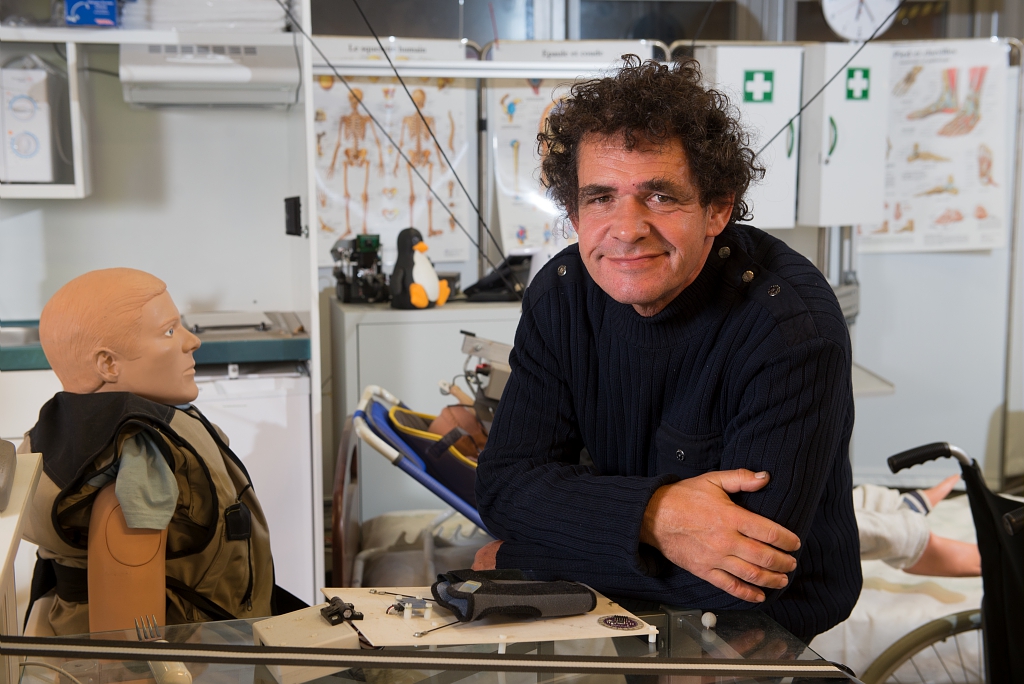 |
Jean-Pierre Merlet (INRIA Sophia Antipolis, France) is a full-time senior scientist and the scientific head of the HEPHAISTOS team. He graduated in control theory from Ecole Centrale de Nantes in 1980 and obtained his Ph.D in Robotics from the University Paris VI in 1986. He has worked on the theoretical aspects of parallel robots singularities together with their practical aspects. He has developed numerical methods to manage singularities both in the design phase and during control, taking into account unavoidable uncertainties in the modeling. He is currently extending this approach on cable-driven parallel robots and the use of AI for kinematics problems. He is an IFToMM Award of Merits, an IEEE Fellow and doctor honoris causae from Innsbruck University. He has served for two terms as member of IFToMM Executive Council, chairman of the IFToMM Technical Committee for Computational Kinematics and chairman of IFToMM France. Lecture Title: Physical Singularities and relevant Numerical Methods |
 |
Andreas Müller (Institute of Robotics, Johannes Kepler University Linz, Austria) is a full professor and the head of the Institute of Robotics at the Johannes Kepler University, Linz, Austria. He has been working on singularities of mechanisms for more than 20 years, making fundamental contributions to the local analysis of linkage singularities and mobility identification. He is a member of the IFToMM Technical Committees for Computational Kinematics and Multibody Systems. He is also a member of the ASME Technical Committees on Mechanisms and Robotics and of Multibody Systems and Nonlinear Dynamics. He serves as associate Editor for the IEEE Transactions on Robotics, the IEEE Robotics and Automation Letters, and Meccanica. He has served as associate editor of the IFToMM journal Mechanism and Machine Theory. Lecture Title: Topological Analysis of Singularities and Mobility with Screw and Lie Group Theory |
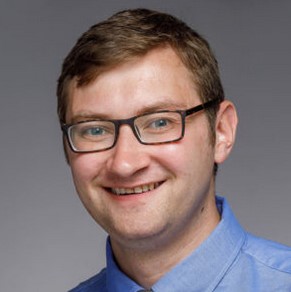 |
Mark Plecnik (University of Notre Dame, Dept of Aero & Mechanical Engineering) is an assistant professor in the Department of Aerospace and Mechanical Engineering at the University of Notre Dame. His research is grounded in the computational design of robot geometries. His current focus is in forming the prevailing dynamics of a robot by shaping its configuration space rather than depending purely on motor control to achieve desired motions. Plecnik received the NSF CAREER Award in 2022. He received the Freudenstein Young Investigator Award from ASME in 2024. He is a senior member of IEEE. Lecture Title: Monodromy for solving polynomial equations |
 |
Federico Thomas (Spanish High Council for Scientific Research, Spain) earned his B.Sc. in Telecommunications Engineering in 1984 and his Ph.D. (with honors) in Computer Science in 1988, both from the Technical University of Catalonia (UPC) in Spain. He has held distinguished visiting scholar positions at the University of Massachusetts (1991-1992) and Oxford University (1999-2000). Additionally, he served as an invited professor at the Institut de Recherche en Communications et Cybernétique de Nantes (IRCCyN) in 2009 and at the Department of Mechanical Engineering at the University of Ferrara in 2010. Since 1990, Prof. Thomas has been a Research Scientist at the Institut de Robòtica i Informàtica Industrial, a joint institution of the Spanish High Council for Scientific Research (CSIC) and UPC, where he also held the position of director from 2006 to 2008. Additionally, he is a faculty member at the Institute of Mathematics at UPC-Barcelona Tech and an associate professor in the Mathematics Department at UPC since 2022. Prof. Thomas has served as an associate editor for both IEEE Transactions on Robotics (TRO) and the ASME Journal of Robotics. He has authored approximately 200 papers in journals and conferences, primarily focusing on the theoretical aspects of robotics. His current research interests include Distance Geometry and Clifford Algebras, particularly their applications to robot kinematics. Lecture Title: Pure conditions and bracket polynomials |
 |
Philippe Wenger (LS2N, CNRS and École Centrale de Nantes, France) is a full-time CNRS Director of Research at Institut de Recherche en Communications et Cybernétique de Nantes (IRCCyN, until 2016) and Laboratoire des Sciences du Numérique de Nantes (LS2N, from 2017). Hegraduated in mechanical engineering from Ecole Centrale de Nantes in 1985 and obtained his Ph.D in Robotics from the University of Nantes in 1989. He was an Assistant Professor from 1989 to 1990. Since 1991, he has been a full-time CNRS researcher at Institut de Recherche en Communications et Cybernétique de Nantes (IRCCyN) until 2016 and Laboratoire des Sciences du Numérique de Nantes (LS2N) from 2017. He has been working on robot kinematics and singularities of serial and parallel manipulators for 30 years, both from a theoretical point of view and for industrial applications. He serves as a Professor at Ecole Centrale where he teaches courses to Master and Ph.D students. He has been a vice-chair of the IFToMM Technical Commitee for Computational Kinematics from 2011 to 2021. He serves as an Associate Editor of the IFToMM journal Mechanisms and Machine Theory and has served as an Associate Editor of the ASME journal Mechanisms and Robotics until 2019. Lecture Title: Identification, classification and trajectory planning of cuspidal robots |
 |
Dimiter Zlatanov (University of Genoa, Italy) obtained the Diploma in Mathematics and Mechanics from the University of Sofia (Bulgaria) in 1989, and the Ph.D. degree in Mechanical Engineering from the University of Toronto (Canada) in 1998. His Ph.D. thesis placed singularity analysis on solid ground, providing a general definition of singularity, and characterizing the lower-level singularities that can be found in a mechanism. His research interests include the design, kinematics, dynamics and control of mechanisms and robotic systems. He has held positions at Laval University (Quebec City, Canada), the University of Innsbruck (Austria) and Tokyo City University (Japan). He is currently a faculty member of the Department of Mechanical and Energy Engineering of the University of Genoa, Italy. Lecture Title: Generalized singularity analysis. Definition, classification, and interpretation of the kinematically isrregular configurations of mechanisms. |
